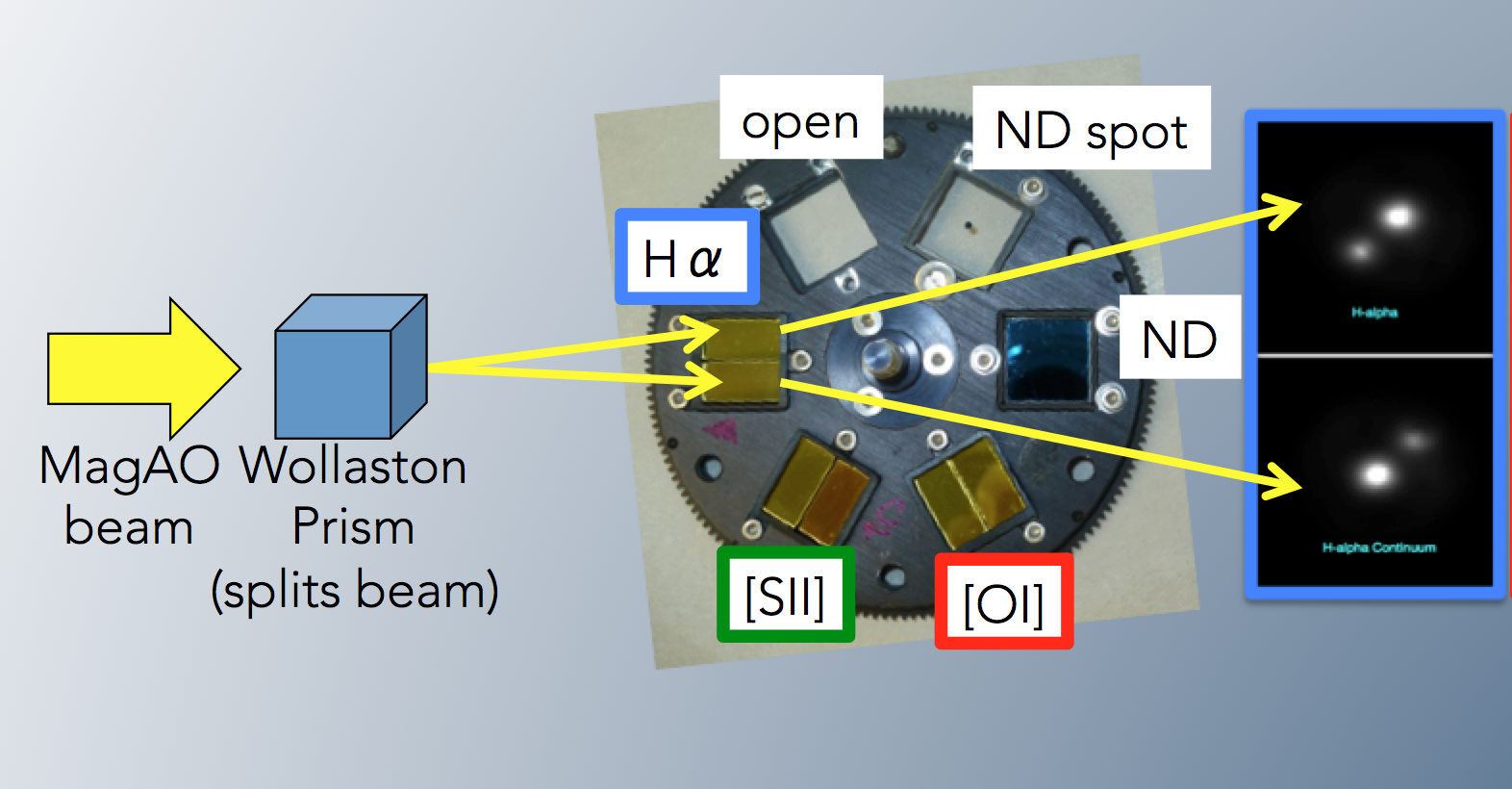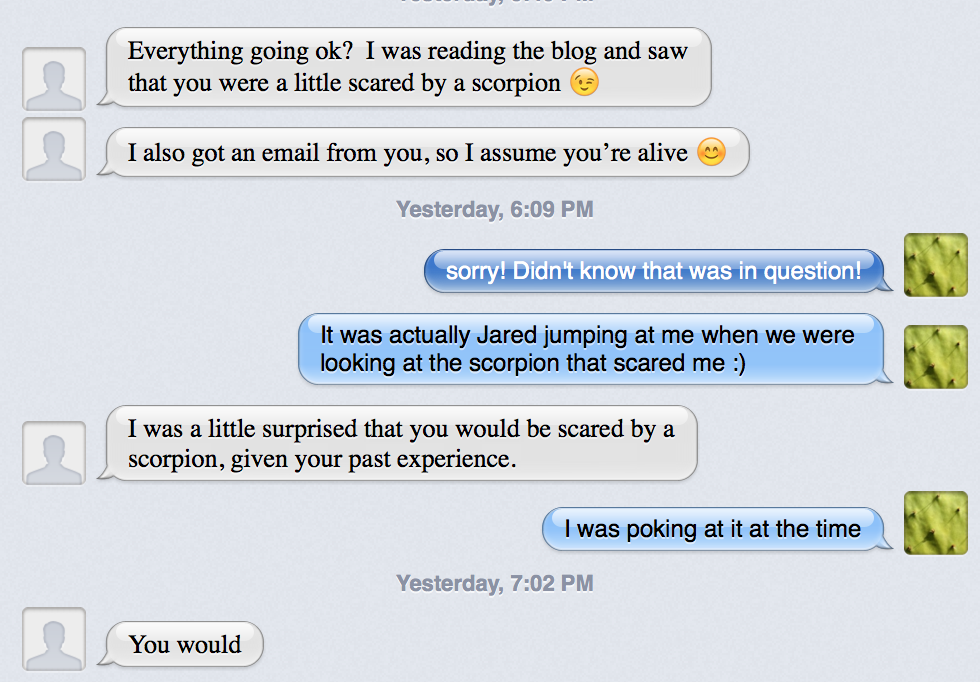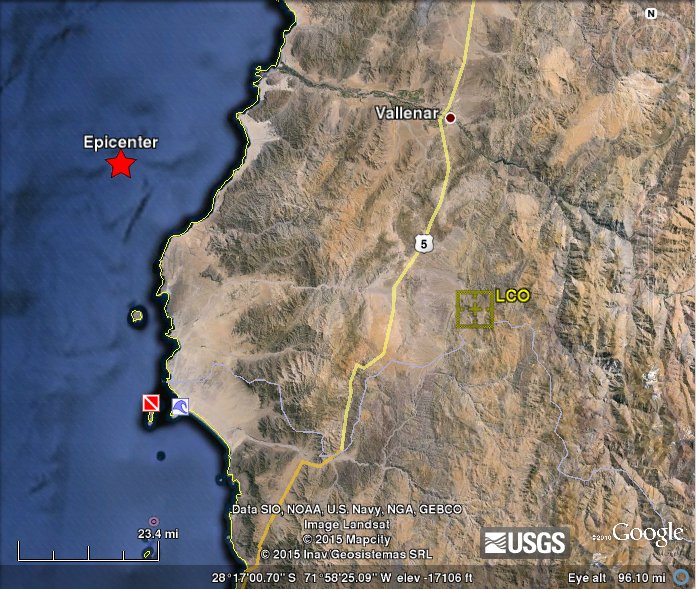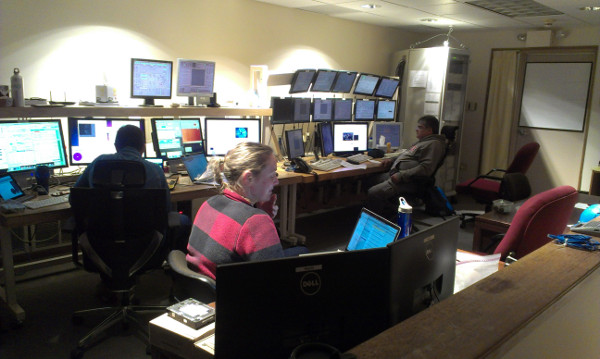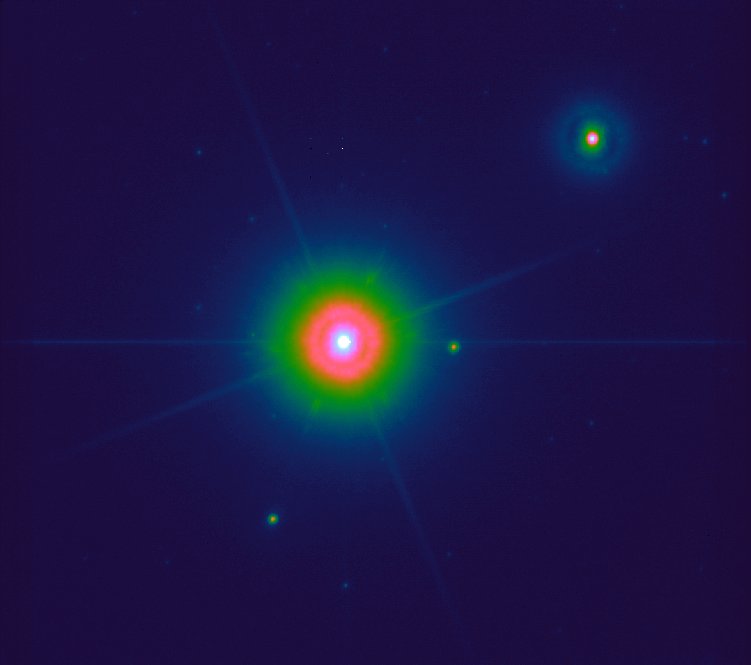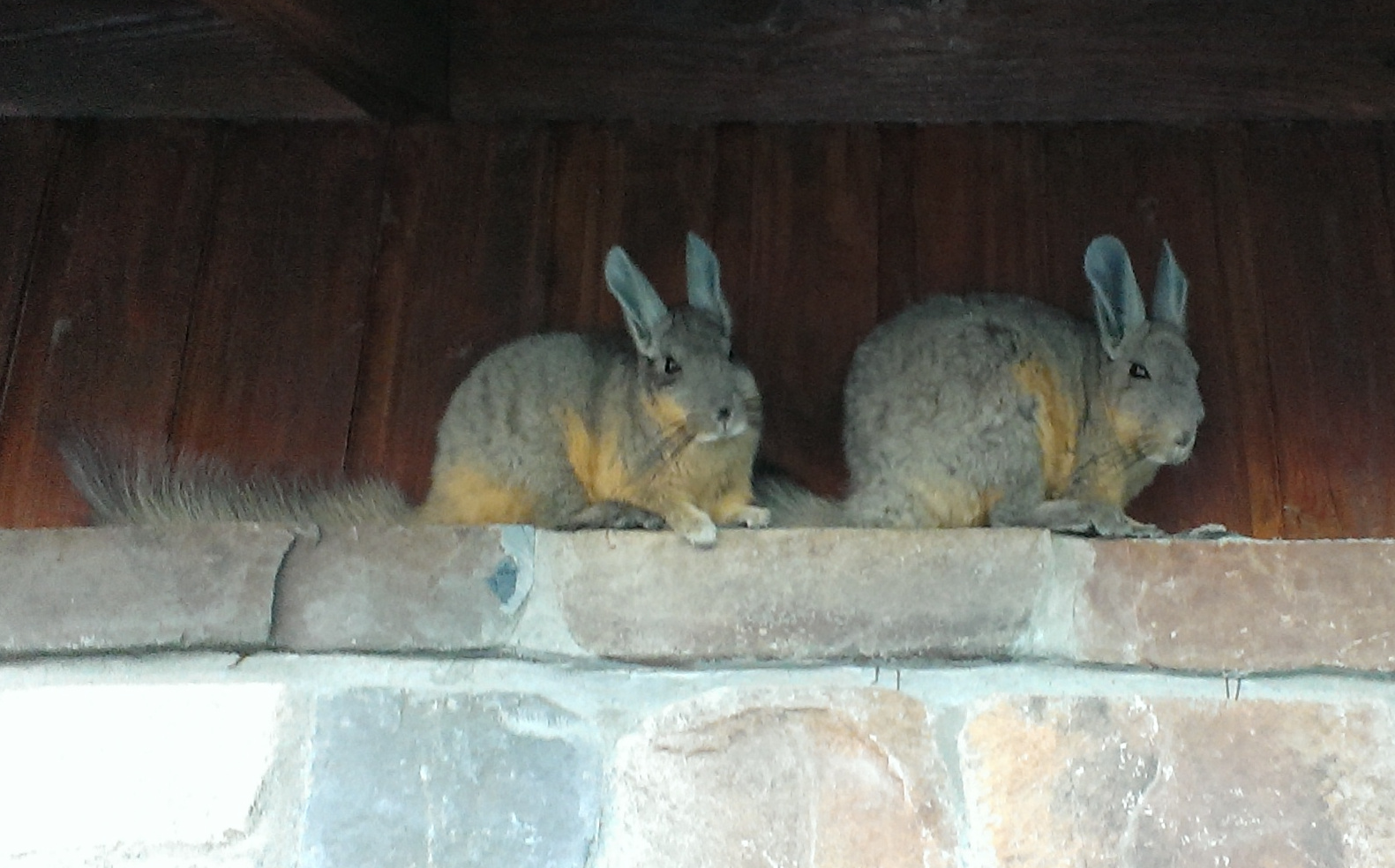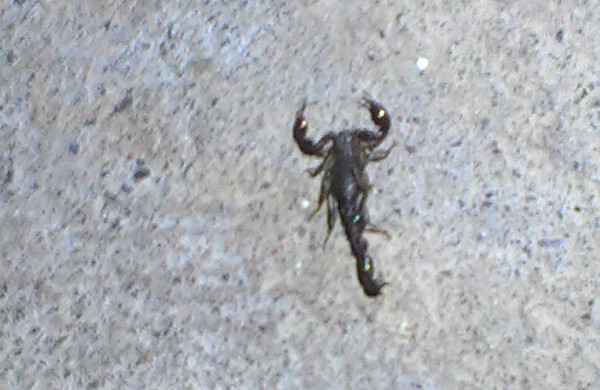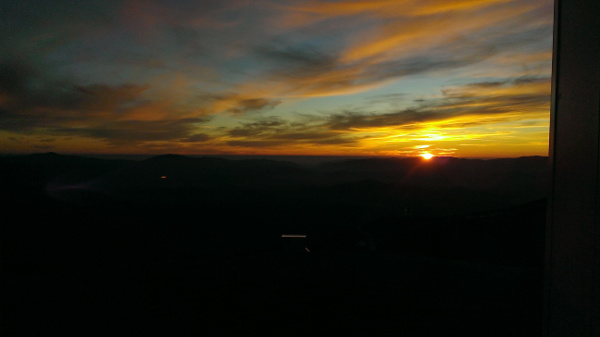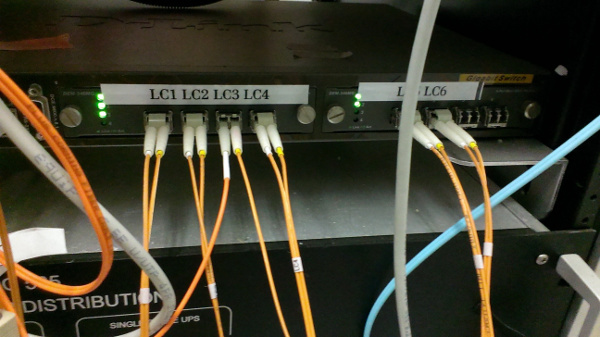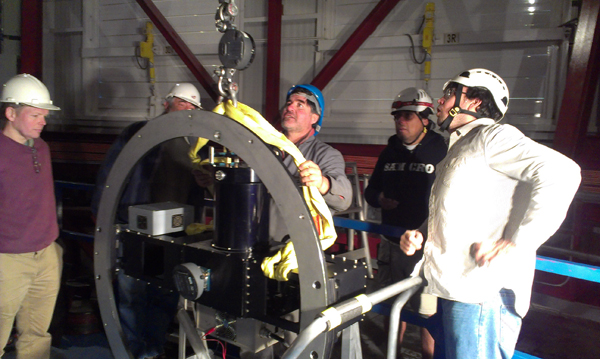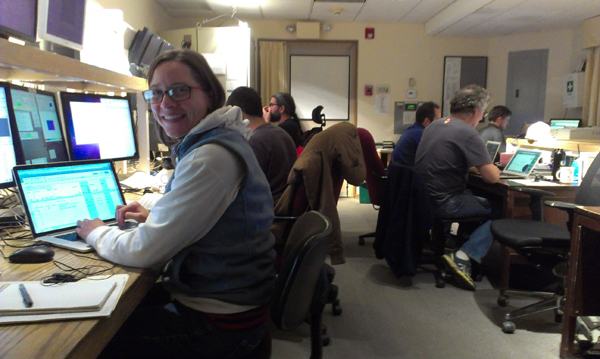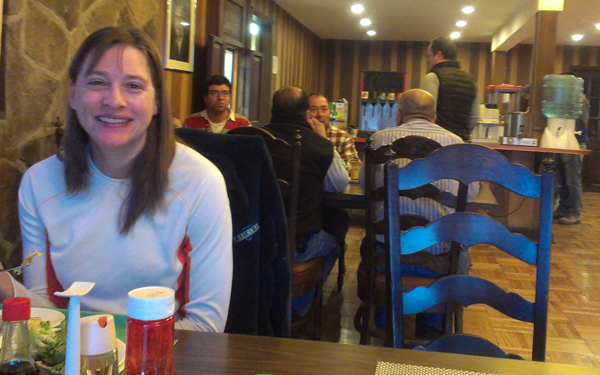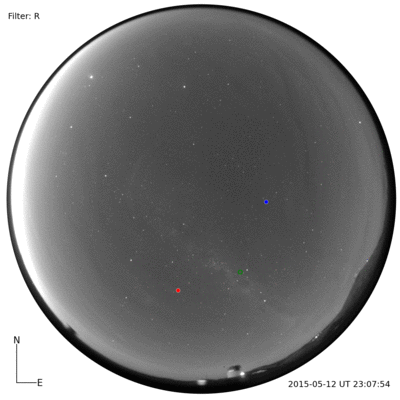You’re never going to believe this, but our night started out with troubleshooting. More about the details later, but for now I’ll just note that we have a sign in the control room saying “MagAO has not troubleshot anything for X hrs”. Yeah hours, not days.
But the big story tonight is wind. And not even that much wind, considering recent weather.
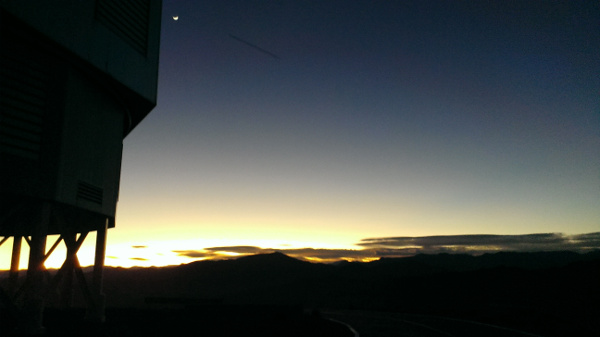
As Kate pointed out yesterday, she’s now working for GPI. I think it may be time to consider the possibility that she is now actively trying to sabotage MagAO under orders from Bruce Macintosh (published evidence).
Any time the winds get high (20 mph), we start taking precautions. One concern is contamination of the gap, that is dust could get in between our thin shell and the reference body. In very high winds (say 25 to 30 mph), we start to worry about physically damaging the shell. The telescope limit is 35 mph in any case. This time of year, winds here can be pretty high, and in fact we see winds higher than 25 mph just about every night.
So when this happens, our observers generally accept the rules with good grace, decide on a backup target out of the wind (which usually means to the South), and we keep going for as long as we can. This isn’t good enough for Kate. Tonight, we were observing her highest priority target, which was about 30 degrees off a stiff wind which started to rise above 20. Now I’m really motivated by Kate’s science, and wanted to get good data on this target, so I kept my weather eye on the wind rose, and waited to see if it was just a temporary increase. But alas, the wind steadied out above 20, so I opened the loop and we swung to 180. Now about 5 minutes later, the wind came down a few mph. Our rule is that there can be no gusts above the limit for 15 minutes before we’ll point back into the wind. So this is what the control room was like:
“one minute” — Kate Follette (making sure I knew how long wind had been below 20 mph)
“two minutes” — Kate Follette
“three minutes” — Kate Follette
“four minutes” — Kate Follette
At this point, there was a 20.1 mph gust, which reset the clock. So the rest of these are straight lies.
“five minutes” — Kate Follette
“six minutes” — Kate Follette
“seven minutes” — Kate Follette
“eight minutes” — Kate Follette
“nine minutes” — Kate Follette
“ten minutes” — Kate Follette
“eleven minutes” — Kate Follette
At this point I went downstairs to get some coffee. When I came back she’d somehow talked Katie (and Laird remotely) into pointing back to the North. Granted, I had managed to fight her off for long enough that the target was now on the other side of the wind and moving away.
Well we survived another night of LCO winter observing, and this was all really in good fun. The fact that we’re still laughing and teasing each other is a good sign, and we’re not going crazy yet. The night did actually end a little early as winds started heading to 35 mph — nobody argued with that.
“Why do you hate science?!?!” — Kate Follette, to me. Actually pounding her fists on the VisAO desk.
“Don’t let him re-point. And don’t make up any more rules.” — Kate Follette, to Katie, as she was heading downstairs.
“Some part of me knows it was the right decision.” — Kate Follette.
“Winter *is* coming.” — Laird Close, trying to console Kate.
